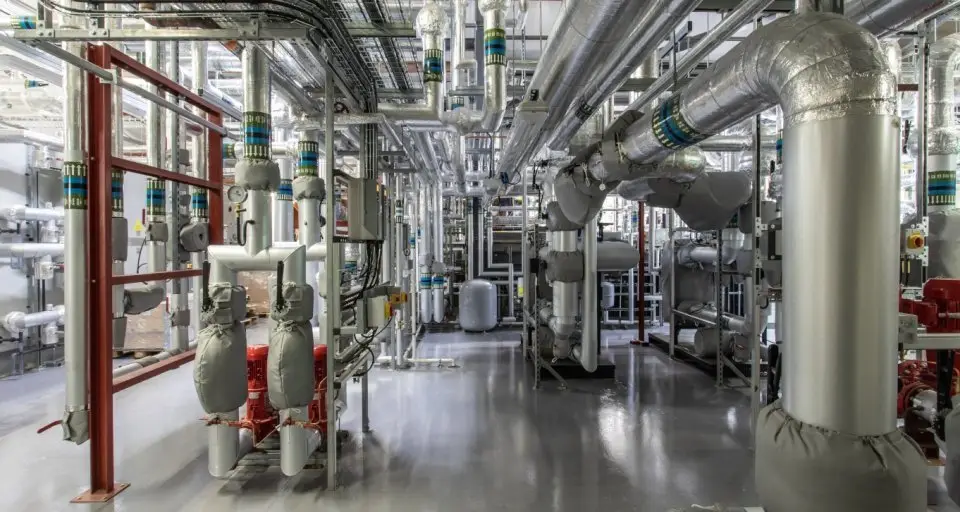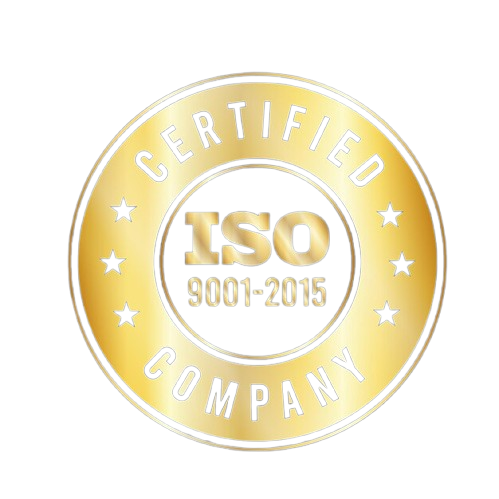Why Sustainable Cleanroom Design Matters: Energy-Efficient Solutions for Industrial Use

Written by Wiselink Group, Qingdao China
Sustainability is no longer just a buzzword in industries; it has become a critical driving force for organizations worldwide. From pharmaceuticals and biotechnology to electronics and aerospace, cleanrooms play a pivotal role in maintaining the highest standards of quality and safety in production. However, cleanroom operations also consume a significant amount of energy, which can lead to high operational costs and a negative environmental impact. To address these concerns, the importance of sustainable cleanroom design has surged, allowing companies to benefit from energy-efficient solutions that reduce both costs and their carbon footprint.
As industries continue to evolve and global sustainability goals become increasingly important, it is essential to rethink how cleanrooms are designed and operated. A sustainable cleanroom design does not only meet the cleanliness and environmental control standards but also minimizes energy consumption, enhances operational efficiency, and provides long-term cost savings.
Understanding Sustainable Cleanroom Design
Sustainable cleanroom design integrates eco-friendly principles with the core requirements of cleanroom functionality. The goal is to achieve energy efficiency, lower operational costs, and reduce environmental impacts while still maintaining the required cleanroom standards for contamination control. This involves optimizing HVAC systems, using energy-efficient lighting, incorporating renewable energy solutions, and utilizing sustainable materials throughout the cleanroom structure.
Sustainable cleanroom design ensures that the necessary environmental parameters, such as temperature, humidity, pressure, and airflow, are maintained while reducing energy use. This requires smart technology integration, where systems can automatically adjust to meet demand without wasting resources. At Wiselink Group, we are committed to providing cleanroom solutions that prioritize sustainability, reduce energy consumption, and offer long-term value.
Key Benefits of Sustainable Cleanroom Design
The adoption of sustainable practices in cleanroom design comes with several advantages that benefit not just the bottom line but also contribute to environmental conservation. These benefits include:
- Lower Energy Consumption: Sustainable design focuses on minimizing the energy required for maintaining optimal cleanroom conditions, leading to significant savings in electricity bills.
- Cost Reduction: Over time, energy-efficient systems and materials contribute to reducing overall maintenance and operational costs, providing long-term financial benefits.
- Regulatory Compliance: Sustainable cleanroom designs often align with global environmental regulations and industry standards, ensuring compliance with both energy-saving and contamination control requirements.
- Improved Operational Efficiency: Automation and smart technology systems optimize cleanroom operations, making them more efficient and reducing the need for manual interventions.
- Environmental Responsibility: By incorporating sustainable materials and reducing energy usage, sustainable cleanrooms help companies minimize their carbon footprint and contribute to their sustainability goals.
Energy-Efficient Cleanroom Solutions
One of the key pillars of sustainable cleanroom design is energy efficiency. Cleanrooms, particularly in industries like pharmaceuticals, biotechnology, and electronics, require high levels of ventilation, precise temperature control, and strict air quality standards. However, these systems often consume significant energy, especially when not optimized. The introduction of energy-efficient technologies and designs can drastically reduce energy consumption while still meeting regulatory requirements.
Optimizing HVAC Systems for Energy Efficiency
The HVAC system is a major energy consumer in any cleanroom. Properly designed and energy-efficient HVAC systems ensure that cleanrooms maintain the necessary air changes per hour, pressure differentials, and temperature while consuming as little energy as possible. Variable Air Volume (VAV) systems and energy recovery ventilators (ERVs) are prime examples of technologies that help optimize HVAC efficiency. VAV systems adjust airflow based on the real-time needs of the cleanroom, ensuring that energy is not wasted when full airflow is not required.
ERVs, on the other hand, recover heat from exhaust air and use it to pre-condition incoming air, which reduces the load on HVAC units and lowers energy consumption. By integrating these systems into cleanroom designs, Wiselink Group ensures that your cleanroom operates efficiently without compromising performance.
Lighting Solutions: Energy-Efficient and Sustainable
Lighting is another significant contributor to energy usage in cleanrooms. Traditional lighting systems can consume a lot of energy, especially in spaces that require continuous illumination, like cleanrooms. The shift toward LED lighting offers a remarkable improvement in energy efficiency, with LEDs consuming up to 75% less energy compared to conventional fluorescent or incandescent bulbs. Furthermore, LEDs have a longer lifespan, which reduces maintenance costs and the frequency of replacements.
Smart Lighting Controls
In addition to LED lights, smart lighting controls can further enhance energy savings in cleanrooms. These systems can adjust light levels based on occupancy or time of day, ensuring that lighting is only used when necessary. Daylight harvesting, for instance, adjusts artificial lighting based on the amount of natural light entering the cleanroom. This not only reduces energy consumption but also creates a more comfortable and visually optimized environment for workers.
At Wiselink Group, we integrate smart lighting controls with energy-efficient LED systems, ensuring that your cleanroom remains cost-effective and environmentally responsible.
Sustainable Cleanroom Materials
The choice of materials used in cleanroom construction is another key element of sustainable design. Materials that are durable, recyclable, and energy-efficient contribute to a cleaner, greener cleanroom. For example, Wiselink Group uses high-quality materials such as stainless steel, aluminum, and low-VOC paints that not only meet the stringent standards of cleanroom environments but also reduce environmental impact.
- Stainless Steel and Aluminum: These materials are widely used for cleanroom walls, doors, and windows due to their durability, ease of cleaning, and resistance to contamination. Moreover, they are highly recyclable, contributing to sustainability.
- Low-VOC Paints: Low-volatile organic compound (VOC) paints help improve indoor air quality and reduce environmental pollution. These paints are essential in maintaining the high cleanliness standards required in cleanrooms.
Renewable Energy Integration in Cleanrooms
Sustainable cleanroom designs also incorporate renewable energy solutions, such as solar panels or wind turbines, to reduce dependence on fossil fuels. Integrating these renewable energy sources into the cleanroom’s overall energy infrastructure helps lower carbon emissions and supports the move toward more sustainable, carbon-neutral operations.
For instance, Wiselink Group designs cleanrooms with solar power systems that can offset a significant portion of energy demand, providing clients with long-term cost savings while meeting sustainability goals.
Why Choose Wiselink Group for Sustainable Cleanroom Design?
At Wiselink Group, we specialize in providing cleanroom solutions that combine sustainability with high performance. Our designs integrate energy-efficient systems, sustainable materials, and renewable energy sources to ensure that your cleanroom operates at peak efficiency while minimizing environmental impact.
We work closely with clients to understand their specific cleanroom needs and provide customized solutions that align with both operational requirements and sustainability objectives. Our team’s expertise in cleanroom design, combined with our commitment to environmental responsibility, makes us the ideal partner for those looking to create high-quality, sustainable cleanroom environments.
The Future of Sustainable Cleanrooms with Wiselink Group
The future of cleanrooms lies in energy-efficient designs that not only meet the strict standards of contamination control but also contribute to a greener, more sustainable world. As the demand for cleanroom solutions continues to rise across industries, Wiselink Group remains dedicated to providing cutting-edge designs that optimize energy use, reduce costs, and promote environmental stewardship.
Whether you are looking to build a new cleanroom or retrofit an existing one, Wiselink Group offers the expertise and technology to help you achieve your sustainability goals without compromising performance.
Contact Wiselink Group Today
To learn more about how sustainable cleanroom design can benefit your operations, reach out to Wiselink Group today. Our team is ready to assist you in creating a customized cleanroom solution that aligns with your environmental and operational needs.



